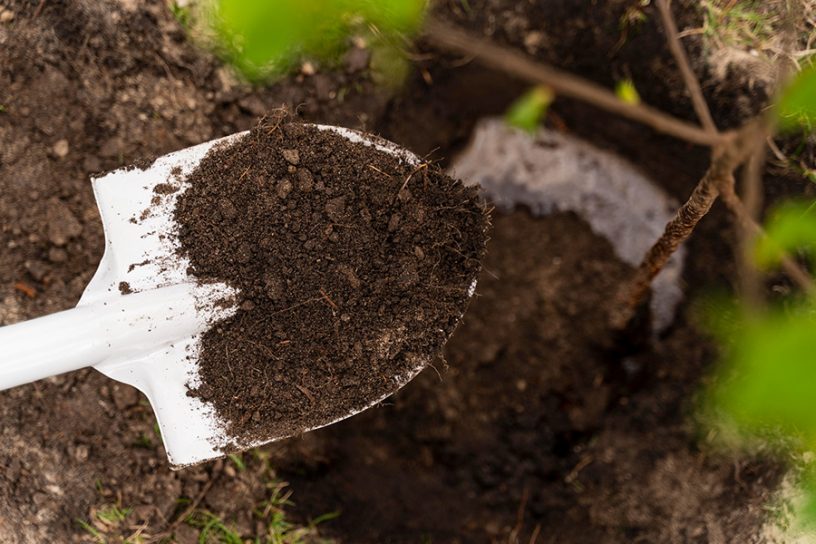
This study reveals that invasive P. juliflora experiences positive feedback from the non-native soil bacterial community, while the native P. cineraria experiences negative feedback from its soil bacterial community.
Authors
Maharaj K. Pandit, Professor & Dean, Jindal School of Environment & Sustainability, OP Jindal Global University, Sonipat, Haryana, 131001, India; Department of Environmental Studies, University of Delhi, Delhi, India.
Rishabh Kaushik, Jealott’s Hill International Research Centre, Warfield, Bracknell, RG42 6EY, England, UK.
Meesha Sharma, Department of Environmental Studies, University of Delhi, Delhi, India.
Ch. V. Ramana, Department of Plant Sciences, School of Life Sciences, University of Hyderabad, P.O. Central University, Hyderabad, India.
Ch. Sasikala, Bacterial Discovery Laboratory, Centre for Environment, Institute of Science and Technology, J. N. T. University Hyderabad, Kukatpally, Hyderabad, India.
Summary
Background: Soil microbial communities affect above-ground plant diversity and community composition by influencing plant growth performance. Several studies have tested the effect of soil bacterial microbiome on growth performance of native and invasive plants, but the influence of specific bacterial isolates has not been investigated. Here, we investigated the effects of soil bacterial exclusion by soil sterilization and by inoculation of Streptomyces rhizobacterial isolates on the growth performance of native and invasive Prosopis congeners.
Results: Plant growth performance of invasive P. juliflora was significantly reduced when grown in sterilized soils, whereas native P. cineraria showed enhanced growth performance in the sterilized soils. When grown in the soil inoculated with the specific Streptomyces isolate from P. juliflora (PJ1), the growth performance of invasive P. juliflora was significantly enhanced while that of native P. cineraria seedlings was significantly reduced. However, inoculation of P. cineraria and P. juliflora seedlings with Streptomyces isolate from the rhizosphere of native P. cineraria (PC1) had no significant effect on the growth performances either of P. juliflora or P. cineraria.
Conclusion: Our study reveals that invasive P. juliflora experiences positive feedback from the non-native soil bacterial community, while the native P. cineraria experiences negative feedback from its soil bacterial community. Our results provide fresh experimental evidence for the enemy release hypothesis, and further our understanding of the contrasting growth-promoting effects of differentially recruited microbial species belonging to the same genus (Streptomyces) in the rhizospheres of alien invasive and native plants.
Published in: Ecological Processes
To read the full article, please click here.


